Already love bugs? Take a peep at our bug-themed Easter basket and our popular bug soap.
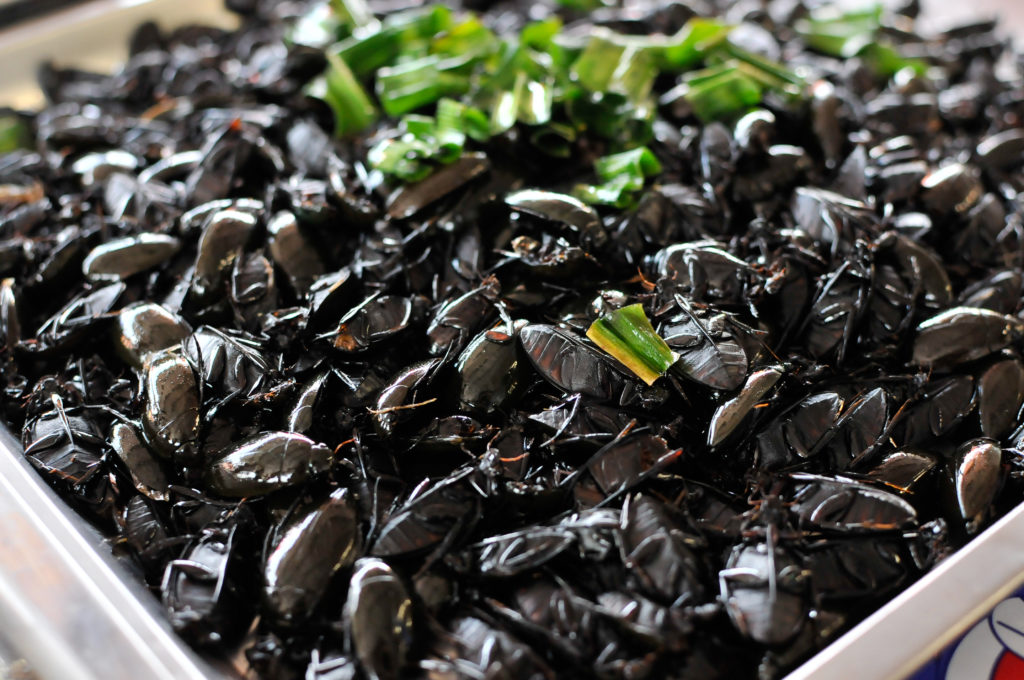
Does the thought of eating bugs creep you out? It still does for me, even though I just ate several varieties as recently as last night. I’m not sure what it is, maybe their creepy crawly ways or knowing insects themselves are usually found in dirty spaces eating icky things or maybe the way they’re portrayed on shows like Fear Factor and Survivor, but bugs tend to creep me out.
I’m trying pretty hard to change that and hanging out with my bug-lovin’ nephews is helping a bit. Over the past few years and more recently over the past month, I’ve tried over half a dozen types of bugs. Initially I squirm and cringe, but then I chomp down and realize the texture isn’t bad and the taste is actually quite good. Plenty of people eat and enjoy bugs and that becomes obvious night after night in the Thai food markets. I’m still working my way up to the enormous water bugs (think a cockroach that’s at least three big bites), but until then I’ll continuously up (or down?) my creep quotient by eating new varieties. Here’s a few reasons why I think you should munch on a mealworm too :
1. Over two billion people eat over 1,900 species of bugs. Just think about all the flavors and varieties you’re missing out on! After a little research, I learned that we’re all eating a few bugs anyway. Go ahead, read this manual provided by the FDA to see what type of insect rot and filth (their words, not mine) you’ve eaten already this week. Okay, maybe this first bullet point isn’t a very convincing case, but read on to see why I think we should all add a few more insects into our daily diets.
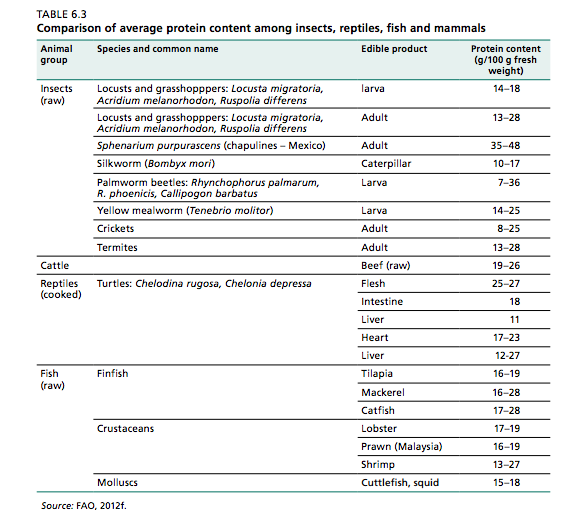
2. Bugs are highly nutritious, mealworms have roughly the same amount of iron and protein as beef. Edible insects also have high omega-3 & omega-6 essential fatty acids, which are commonly recognized to play a considerable roll in the heath and development of infants and children. Beyond protein and fatty acids, insects contain a variety of vitamins and nutrients as well as a high fiber content. Read this report by the UN and this chapter specifically for more information on the nutritional value of bugs.
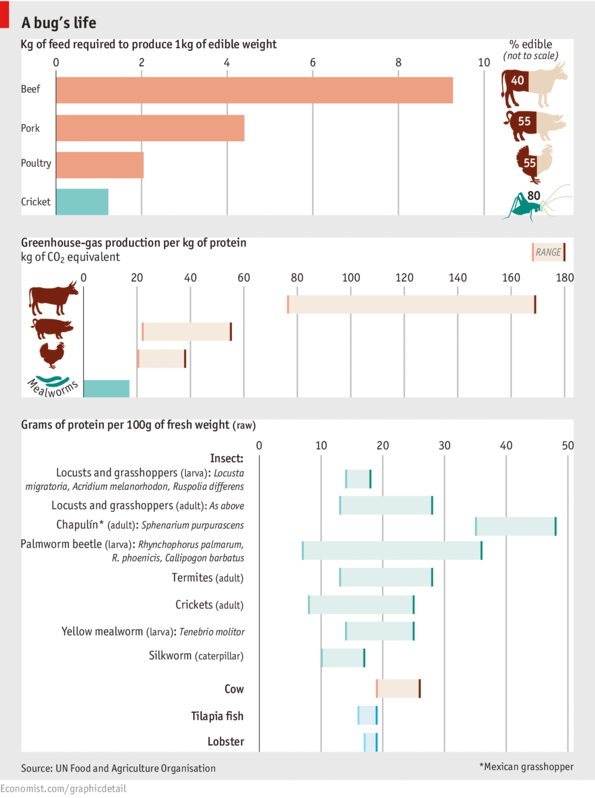
3. Insect farming generates significantly less greenhouse gases than traditional animal protein. According to the UN, “pigs produce 10-100 times more greenhouse gases per kilogram than mealworms.” Insects also feed on bio-waste and use remarkably less water than livestock. Reducing global warming anyone? I thought so.
4. Insects are a viable mini-livestock enterprise for the world’s impoverished communities. Mini-livestock opportunities pertaining to insects are advantageous (for many other reasons as well) because they require minimal space and have a demand which outstrips their supply as insects have high reproductive rates, are easily transportable, and rarely require in-depth training to raise and care for. Besides high nutritional content and therefore improved health of the farmers and buyers, insect farming also has the potential to create cash flow in a short period of time.
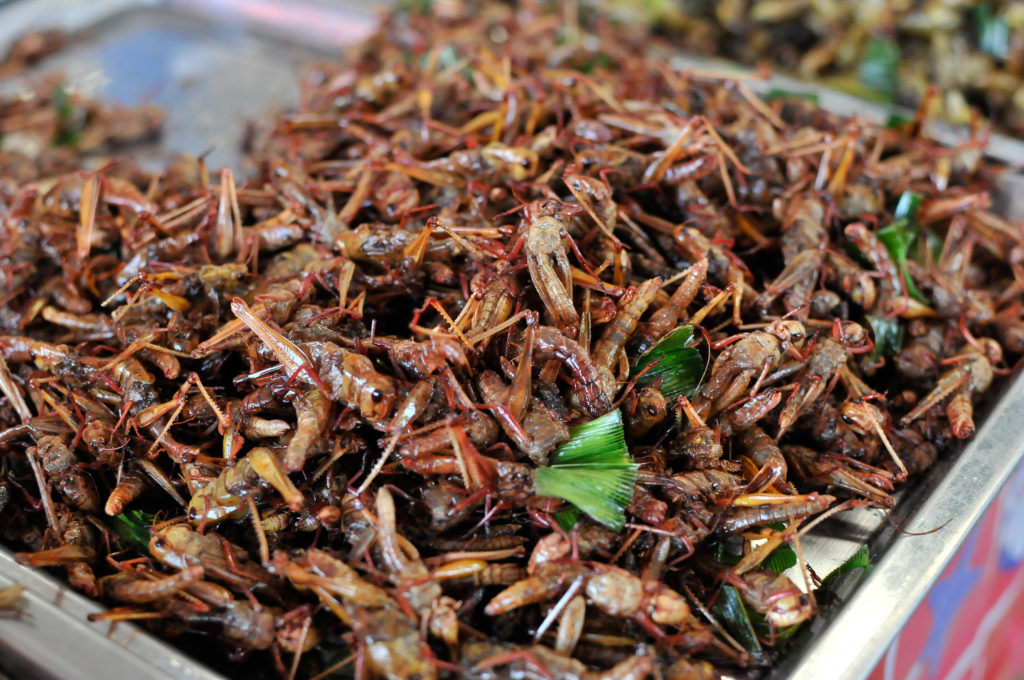
5. Insects are tasty. Really, truly, bugs taste good. Salty, crunchy, sometimes tangy, of course there are a variety of tastes and textures across species, but so far, each type of bug that I tried was yummy and I didn’t just eat one at each sitting, I ate dozens. Most bugs I’ve had were fried or dried and I haven’t eaten any live or raw ones yet, but if the opportunity presents itself I may as well so I can update this post. 
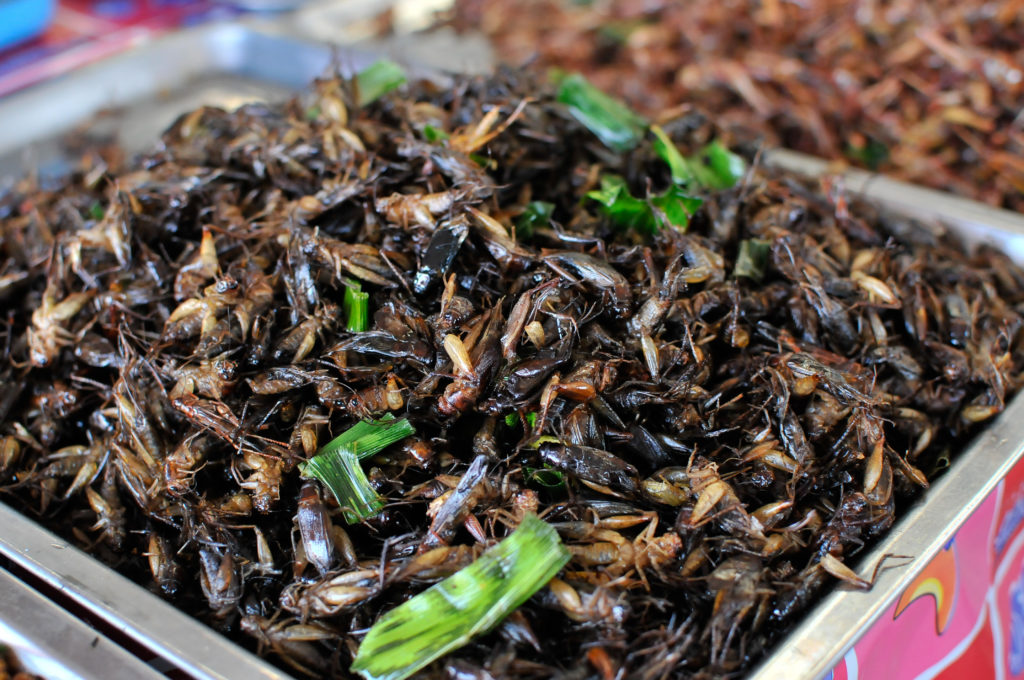
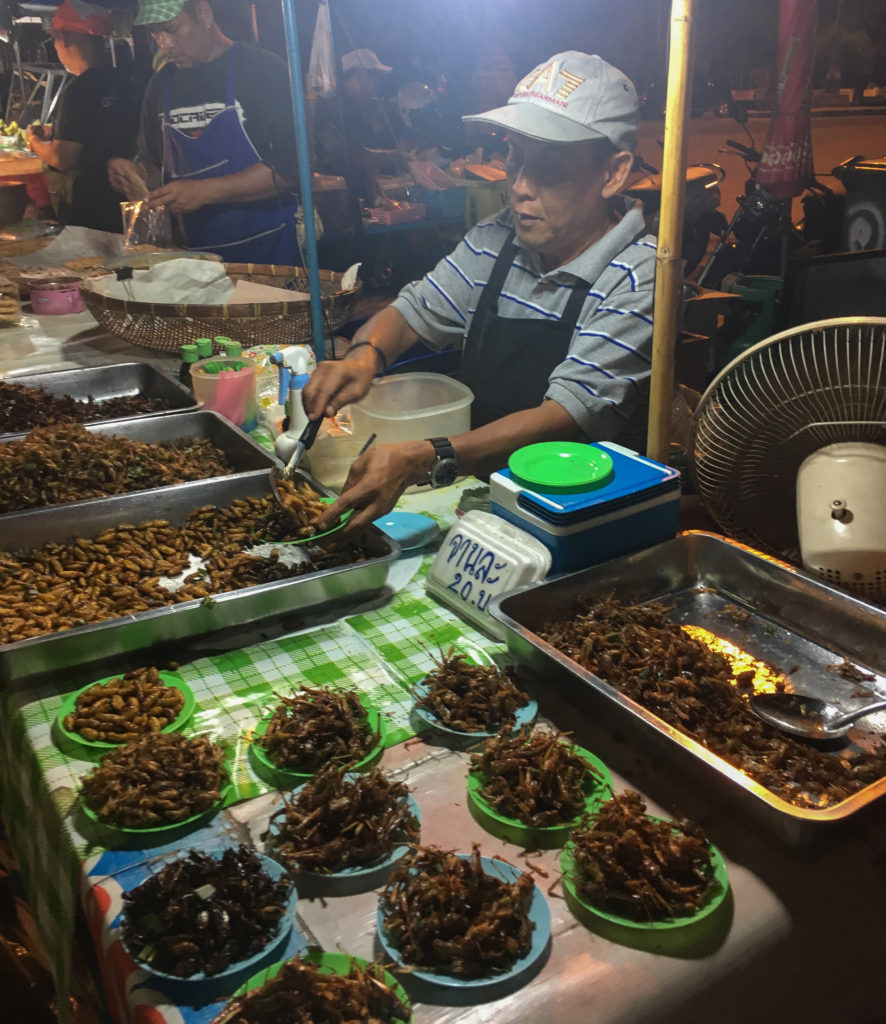
Even though I’m encouraging you to crunch on a cricket, it’s worth mentioning that not all bugs are edible and not all edible bugs are safe to eat. What do I mean? Well, insects are arthropods and several other arthropods (think shrimp) can cause severe allergic reactions in some people. Insects may also be able to tolerate higher levels of toxins such as arsenic, cadmium and lead, which can be found in livestock manure, which the insects fed on, which will then accumulate in their bodies. That being said, as you know, in the U.S. we rely heavily on FDA regulations to keep us safe, so no worries, any bugs you’re eating in the U.S. market are raised specifically for human consumption. So go ahead, try one and tell me it wasn’t as bad as you expected it to be.

